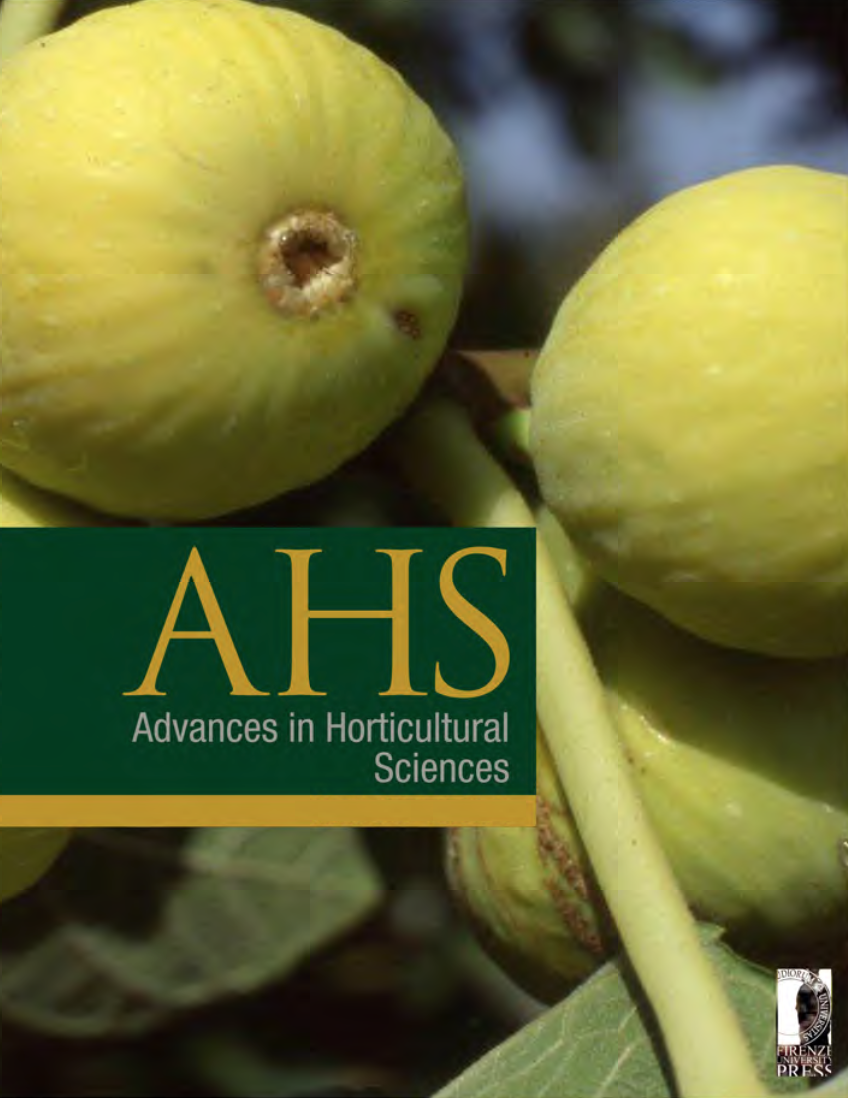Postharvest application of hydrogen peroxide and salicylic acid differently affects the quality and vase life of cut rose (Rosa hybrida L.) petals and leaves
Published 2018-09-06
Keywords
- chlorophyll fluorescence,
- cut flowers,
- elicitors,
- oxidative stress,
- phenolic compounds
How to Cite
Abstract
Rose represents an important product in the market of cut flowers. Its quality is related to visual appearance and is affected by oxidative stress and senescence. To maintain the quality and extend the product vase life, innovative technical solutions to be applied in postharvest are needed. In this work the effectiveness of hydrogen peroxide (H2O2) and salicylic acid (SA), was assessed on cut rose leaves and petals. Several physiological indicators of quality were studied, including chlorophyll content, chlorophyll a fluorescence, color, lipid peroxidation, phenolic compounds and anthocyanins. After 7 days of vase life 73.33% of untreated roses were not marketable anymore, while the percentage was lower in response to treatments (47.06% in SA and 25.53% in H2O2). The application of H2O2 induced a reduction in leaf chlorophyll and in the performance index which, at the end of the vase life decrease by 76% and 49% respectively. Consistently, the lipid peroxidation in leaves treated with H2O2 increased by a 53%. After 4 days of vase life, SA allowed maintaining higher levels of anthocyanins in petals compared to H2O2 and to controls. The results obtained allowed individuating different responses, depending on the treatment applied as well as on the plant organ.






